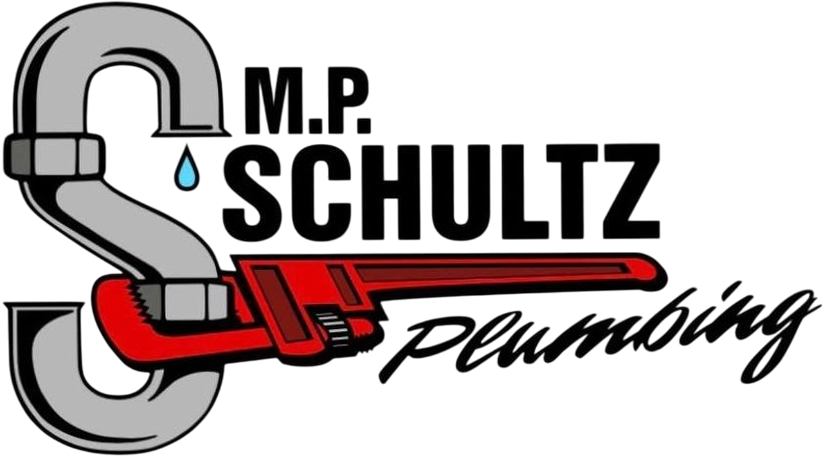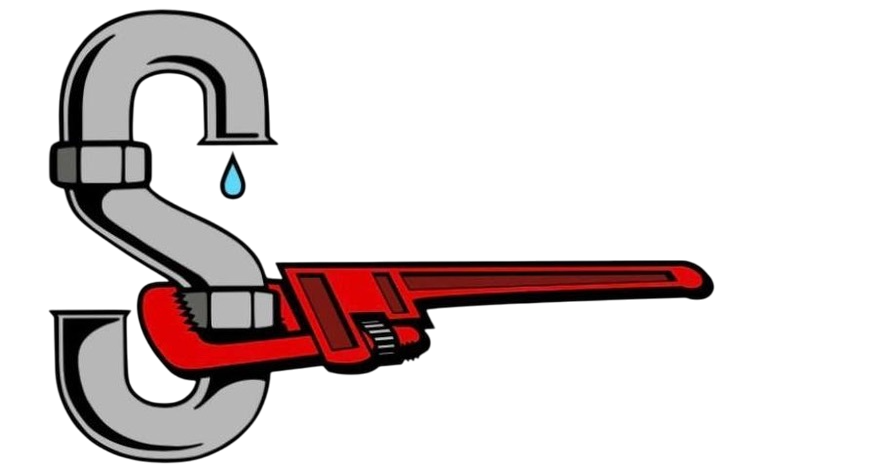Winter in Wisconsin brings more than snow and ice—it brings the risk of frozen pipes, one of the most damaging and costly problems a homeowner can face. When temperatures drop below freezing, the water inside your plumbing can freeze, expand, and cause your pipes to crack or burst. That can lead to significant water damage, expensive repairs, and major disruptions to your day-to-day life. The good news is that with a few simple preventative steps, you can protect your home’s plumbing system and avoid an icy disaster.
Insulate Pipes in Vulnerable Areas
One of the most effective ways to prevent your pipes from freezing is to insulate them, especially in areas that are exposed to the cold. This includes basements, attics, crawl spaces, garages, and anywhere pipes are near exterior walls. Foam pipe sleeves and insulation wrap are affordable and easy to install. They act as a barrier that helps retain heat and reduce exposure to frigid air. Focus first on the most vulnerable pipes—those in unheated or drafty spaces—and add extra insulation where needed. Even a little insulation can go a long way in protecting your pipes when the temperature drops.
Natural icicles hanging on the pipe, the concept of winter
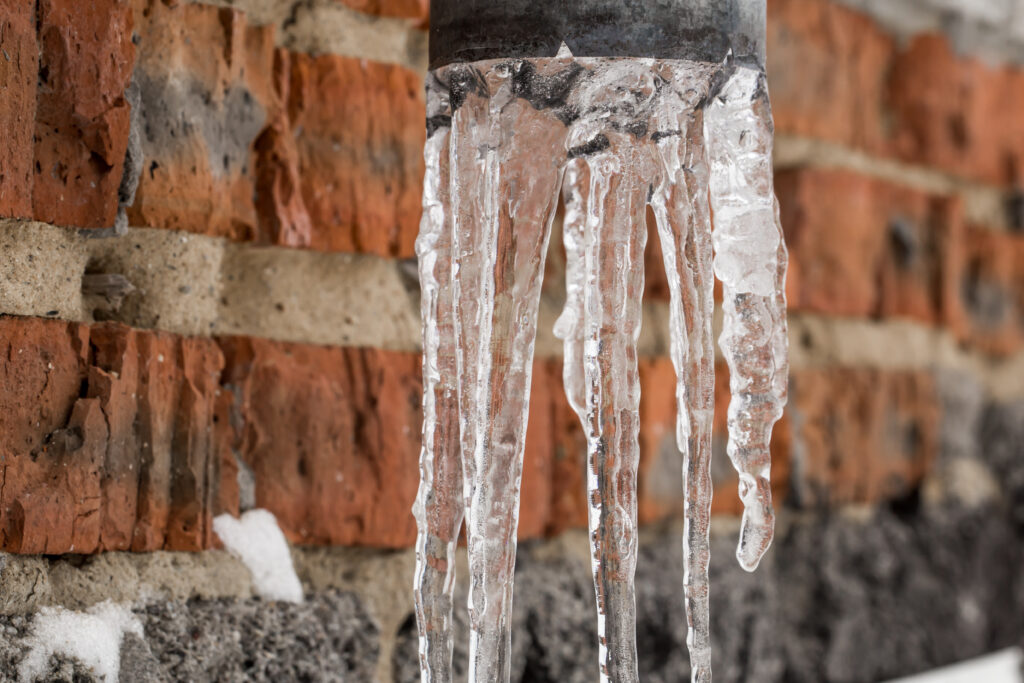
Keep Your Home Warm—Even When You’re Away
It’s important to maintain a consistent indoor temperature during the winter, even if you’re not home. Set your thermostat to at least 55°F, including when you’re out of town. Pipes located behind walls or in cabinetry still benefit from the surrounding warm air, and keeping the interior temperature stable can make all the difference. If you’re going on vacation or won’t be home for a while, consider asking a neighbor or friend to check in occasionally. Better yet, installing a smart thermostat lets you monitor and adjust your home’s temperature remotely so you can ensure your plumbing stays safe in any weather.
Let Faucets Drip During Extreme Cold
During severe cold snaps, allow a slow trickle of water to run from faucets connected to exposed pipes. Even a small, steady drip helps keep water moving through the system, reducing the chance it will freeze. This is especially important for faucets located on exterior walls or in poorly insulated areas. While it might seem wasteful, the cost of a small amount of water is far less than the cost of repairing burst pipes and water damage. A dripping faucet is a simple, smart way to keep pressure from building up and causing a freeze-related rupture.
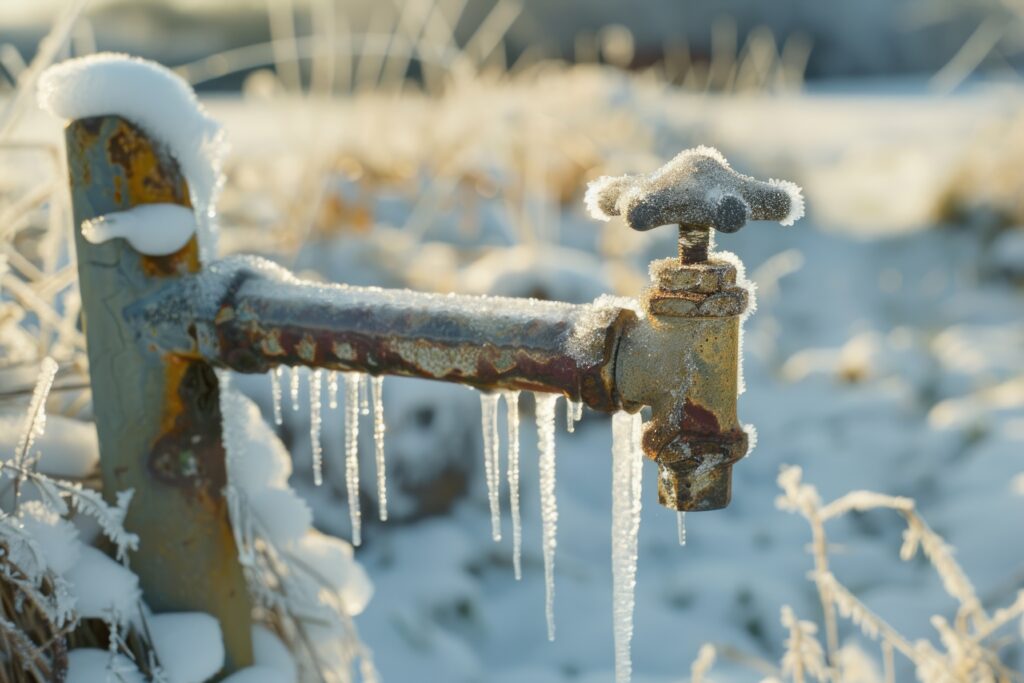
Open Cabinets to Circulate Warm Air
Pipes that run behind kitchen or bathroom cabinets—especially on exterior walls—are more susceptible to freezing. On particularly cold nights, open those cabinet doors to allow the warm air from your home to circulate around the plumbing. This small step can prevent a major problem and takes only a moment. If you have pets or young children at home, be sure to move any cleaning products or chemicals to a safe location before leaving cabinets open.
frozen water pipe and an ice covered faucet in winter. ai generative.
Seal Cracks and Gaps Around the House
Cold air can find its way into your home through even the smallest gaps and cracks. Check around windows, door frames, vents, and areas where pipes enter the house. If you feel a draft, you’ve likely found a spot where cold air can infiltrate and put your plumbing at risk. Use caulk, spray foam, or weather stripping to seal off these areas and create a more energy-efficient and pipe-safe environment. Not only does this protect your plumbing, but it also helps your heating system work more efficiently during the winter months.
Improve Attic and Basement Insulation
Your attic and basement are two of the most common places for pipes to freeze—mainly because these spaces are often poorly insulated or not heated at all. Adding insulation to these areas helps regulate temperature and protects any plumbing that runs through them. Insulating walls, ceilings, and even the floors of these spaces can significantly reduce your risk of frozen pipes. While it may be an investment, improving insulation boosts your overall energy efficiency and keeps your home more comfortable during harsh Wisconsin winters.
Keep Garage Doors Closed
Many homes have water supply lines running through the garage, particularly if it’s attached to the house. When the garage door is left open, the temperature inside can plummet, exposing any uninsulated pipes to freezing air. Make it a habit to keep your garage door closed as much as possible during the winter months. Even if the garage isn’t heated, simply keeping it sealed can help retain enough warmth to protect your pipes and prevent unnecessary damage.
Drain Outdoor Faucets and Protect Them
Before the first hard freeze hits, disconnect all garden hoses and drain any remaining water from your outdoor faucets. Water trapped inside exterior spigots and hose bibs can freeze quickly and cause the pipes inside your walls to burst. Once drained, cover these faucets with insulated outdoor faucet covers for added protection. These simple devices can be found at any hardware store and offer an extra layer of defense against the cold.
Schedule Regular Plumbing Maintenance
Prevention starts with preparation. Having your plumbing system checked by a licensed professional before winter is a smart investment. A plumber can inspect for potential problem areas, recommend insulation or heating solutions, and catch small issues—like leaks or cracked seals—before they turn into major wintertime emergencies. Routine maintenance ensures that your plumbing system is in peak condition when it matters most and helps you avoid stress during freezing temperatures.
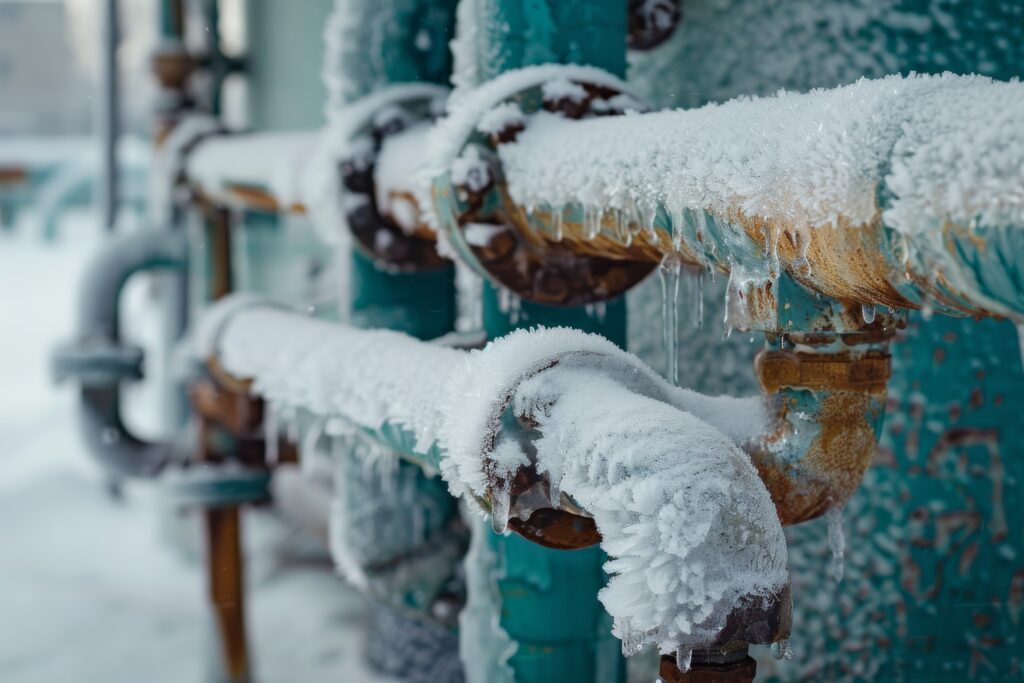
Install Pipe Heating Cables for Extra Protection
For homes with a history of freezing pipes or in areas where insulation alone isn’t enough, electric pipe heating cables offer a powerful solution. These cables wrap around the pipe and are plugged into a power source to gently warm the line. They’re especially useful in garages, crawl spaces, and along exterior walls. While they’re not necessary for every home, they can make a big difference in high-risk areas. If you’re unsure whether pipe heating cables are right for you, a plumbing professional can assess your home and help you make the best decision.
Protect Your Home from Frozen Pipes This Winter
Frozen pipes can lead to thousands of dollars in water damage and unnecessary stress—but with the right steps, you can protect your home all season long. By insulating pipes, sealing off drafts, keeping your home warm, and performing regular maintenance, you greatly reduce the risk of freezing and bursting. At M.P. Schultz Plumbing, we help homeowners across Southeast Wisconsin prepare their homes for winter with expert advice, professional winterizing services, and solutions tailored to your home’s needs. If you’re concerned about frozen pipes or want to schedule a seasonal checkup, we’re here to help. Call, text, or book online today—and enjoy a warmer, safer winter.
